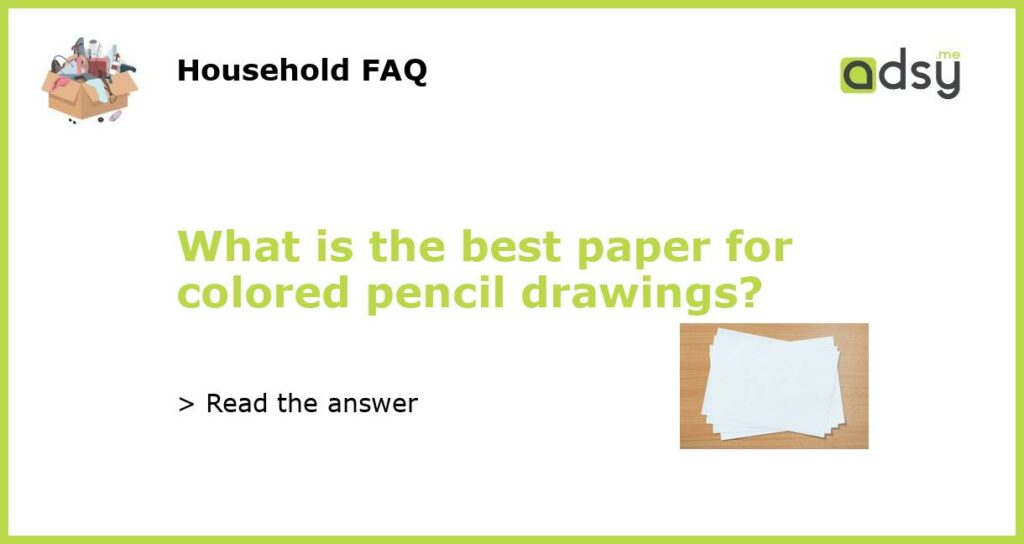Considerations for Choosing the Best Paper for Colored Pencil Drawings
When it comes to creating colored pencil drawings, choosing the right paper is essential for achieving the desired results. The type of paper you use can greatly impact the overall look and longevity of your artwork. There are several factors to consider when selecting the best paper for colored pencil drawings.
Paper Weight and Texture
The weight and texture of the paper are two important considerations. Paper weight refers to the thickness and sturdiness of the paper. Heavier weight papers, such as those around 140 lb (300 gsm), are more suitable for colored pencil drawings as they can better handle layering and blending. Lighter weight papers may buckle or tear with excessive layering or vigorous blending.
The texture of the paper also affects how the colored pencils interact with the surface. Smooth papers allow for finer details and easier blending, while rough or textured papers provide more tooth for better color adhesion and unique effects.
Acid-Free and Archival Quality
When choosing paper for colored pencil drawings, it is important to ensure that the paper is acid-free and archival quality. Acid-free papers are made without any acidic chemicals that can cause the paper to yellow, deteriorate, or damage the colors over time. Archival quality papers are designed to resist fading and maintain their color vibrancy for years, ensuring that your artwork will last.
Look for paper brands that explicitly state that they are acid-free and archival quality. Investing in high-quality materials will not only enhance the longevity of your artwork but also prevent any unwanted discoloration or damage.
Layering and Blending Capability
The best paper for colored pencil drawings should have good layering and blending capabilities. Layering is the technique of building up multiple layers of colors to create depth and richness. Blending, on the other hand, involves smoothly transitioning colors to create smooth gradients or soft transitions.
Papers with a good amount of tooth, or texture, provide better grip for the colored pencils, allowing for easy layering and blending. They also help the colored pencil pigment adhere to the paper more effectively, resulting in vibrant and intense colors.
Personal Preference and Experimentation
Ultimately, the best paper for colored pencil drawings may vary from artist to artist. Each artist has their own unique style and preferences when it comes to drawing materials. Some artists may prefer smoother surfaces for intricate details, while others may enjoy the texture and grain of rougher papers.
It is important to experiment with different types of papers to find the one that suits your artistic needs and style the best. Consider testing out a variety of papers, such as hot-pressed, cold-pressed, or even sanded papers, to see which one yields the desired results for your colored pencil drawings.
Remember that the paper you choose should enhance your artwork and bring out the best in your colored pencil technique. By taking into consideration the weight, texture, acid-free and archival qualities, layering and blending capabilities, as well as personal preferences, you can find the best paper for your colored pencil drawings and create stunning, long-lasting artworks.






